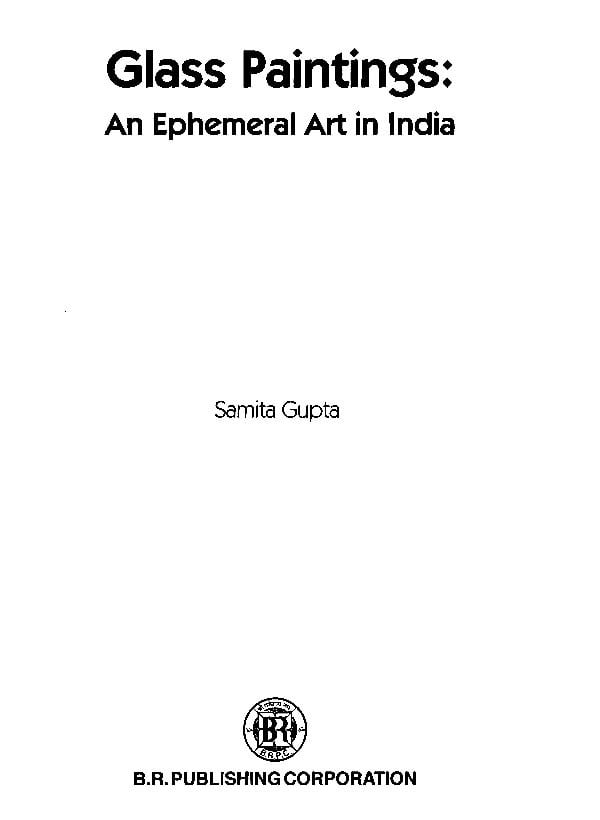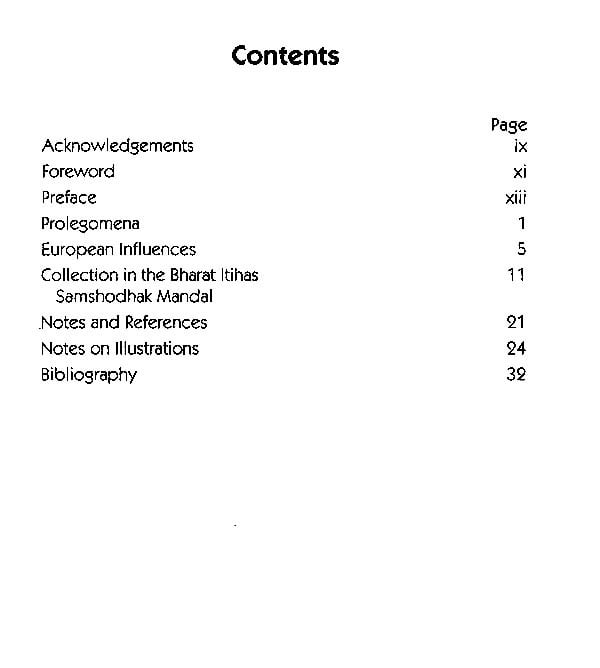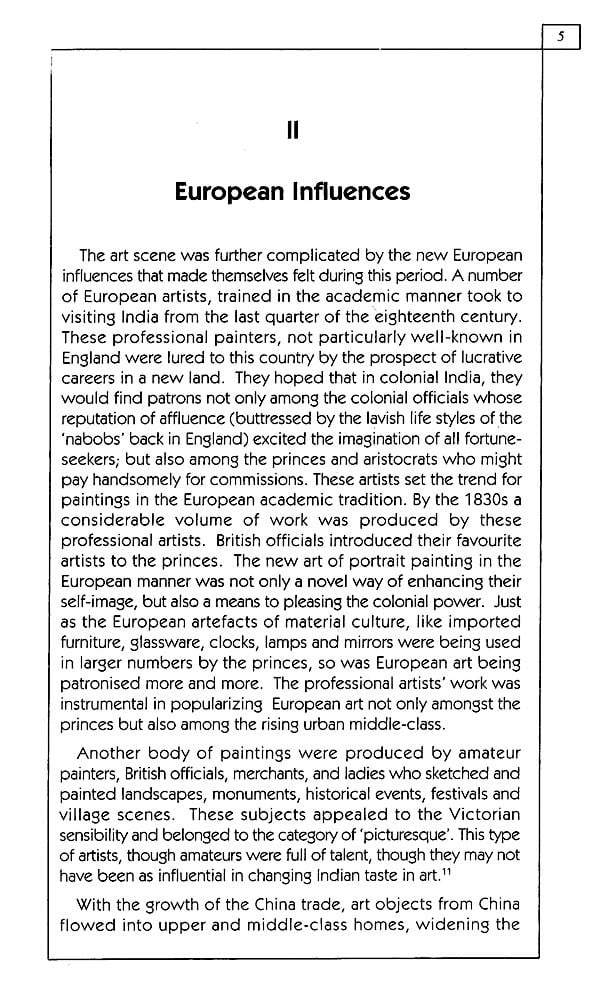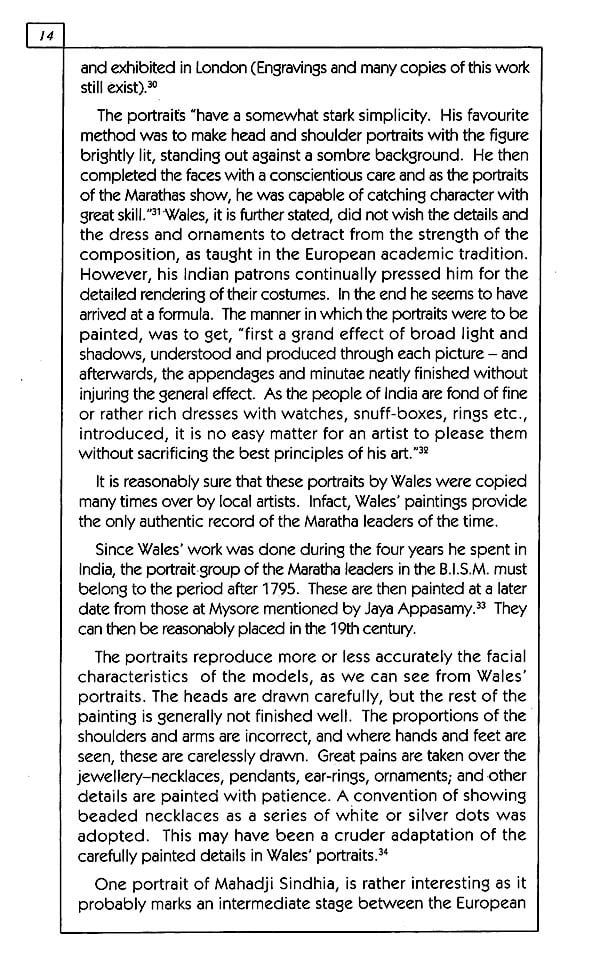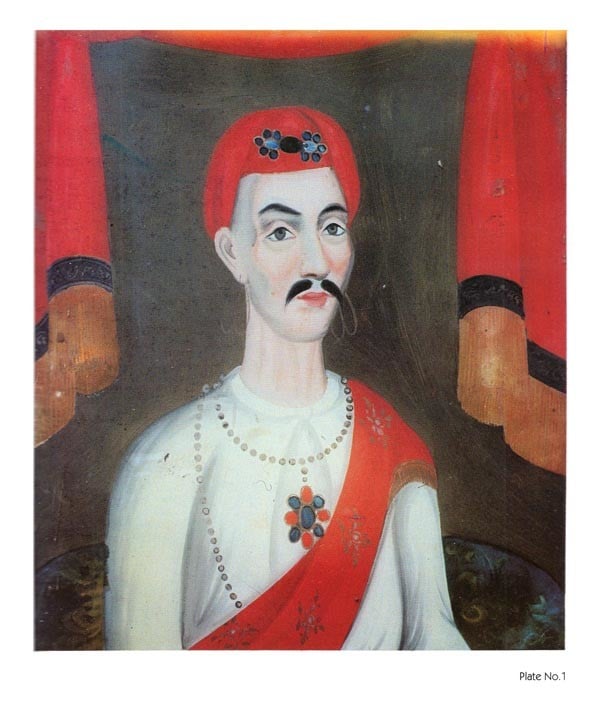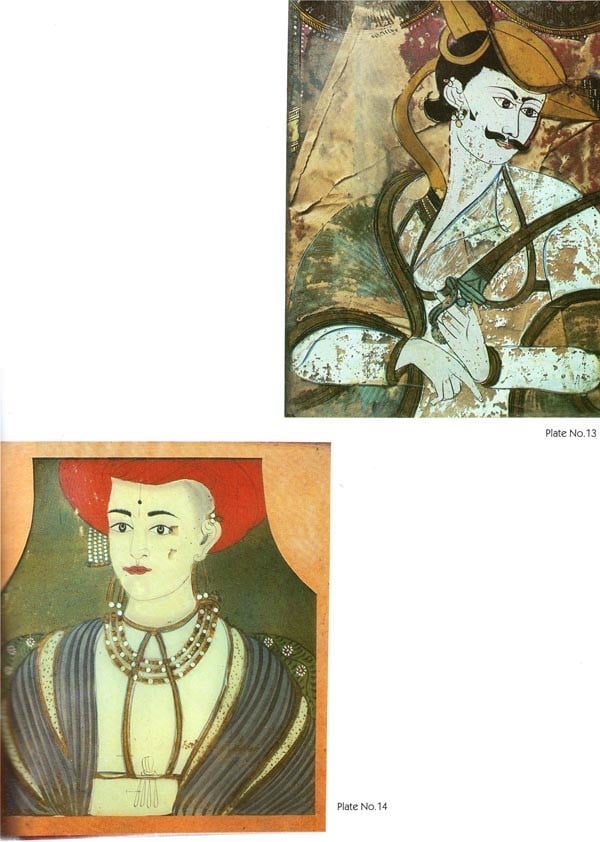
Glass Paintings- An Emphemeral Art in India
Book Specification
| Item Code: | AZE602 |
| Author: | Samita Gupta |
| Publisher: | B.R. Publishing Corporation |
| Language: | ENGLISH |
| Edition: | 1997 |
| ISBN: | 8170189187 |
| Pages: | 92 (Throughout Color Illustrations) |
| Cover: | HARDCOVER |
| Other Details | 11.00x9.00 |
| Weight | 720 gm |
Book Description
Her attention was drawn to a comparatively new field, underclass paintings. A large number of these were in the collection of the Bharat Itihas Samshodhak Mandal of Pune and as a member of the Mandal, she had an opportunity to study it. Dr. Gupta soon found that there were other, though smaller collections of similar paintings with some families in Pune. She could study these as well. These paintings, hardly comparable in quality to the miniatures of the Rajasthani or the Mughal schools, represent a novel technique; these are done in oil rather than in water as was the earlier practice. The choice of the themes also is a departure from the traditional ones. They consist almost entirely of portraits, with attempts to bring out the individuality of the person concerned. And their significance lies, as the author has shown, not so much in art-historical as cultural studies-they represent an exotic fashion and trend.
The patronage for these artists came from the nobility of the region. However, the patrons found themselves unable to sustain the patronage with the loss of influence and wealth due to the advance of English power. Their patronage dried up sometime aound the mid-nineteenth century, thus leading to a halt in the movement. These were duly succeeded by paintings in oil for the more wealthy and in water for the commoner.
For those of us who grew into our teens in the mid-fifties of this century, it was still possible to find examples of nineteenth century popular art quite easily. May be we did not value them as we should have. Glass paintings were still available in many homes as holy pictures in Puja rooms. Today of course, those that can be found, are valued as collector's items. It has been therefore a pleasure to find and record the hitherto unpublished paintings in the Bharat Itihas Samshodhak Mandal, Sadashiv Peth, Pune, Maharashtra.
**Contents and Sample Pages**
